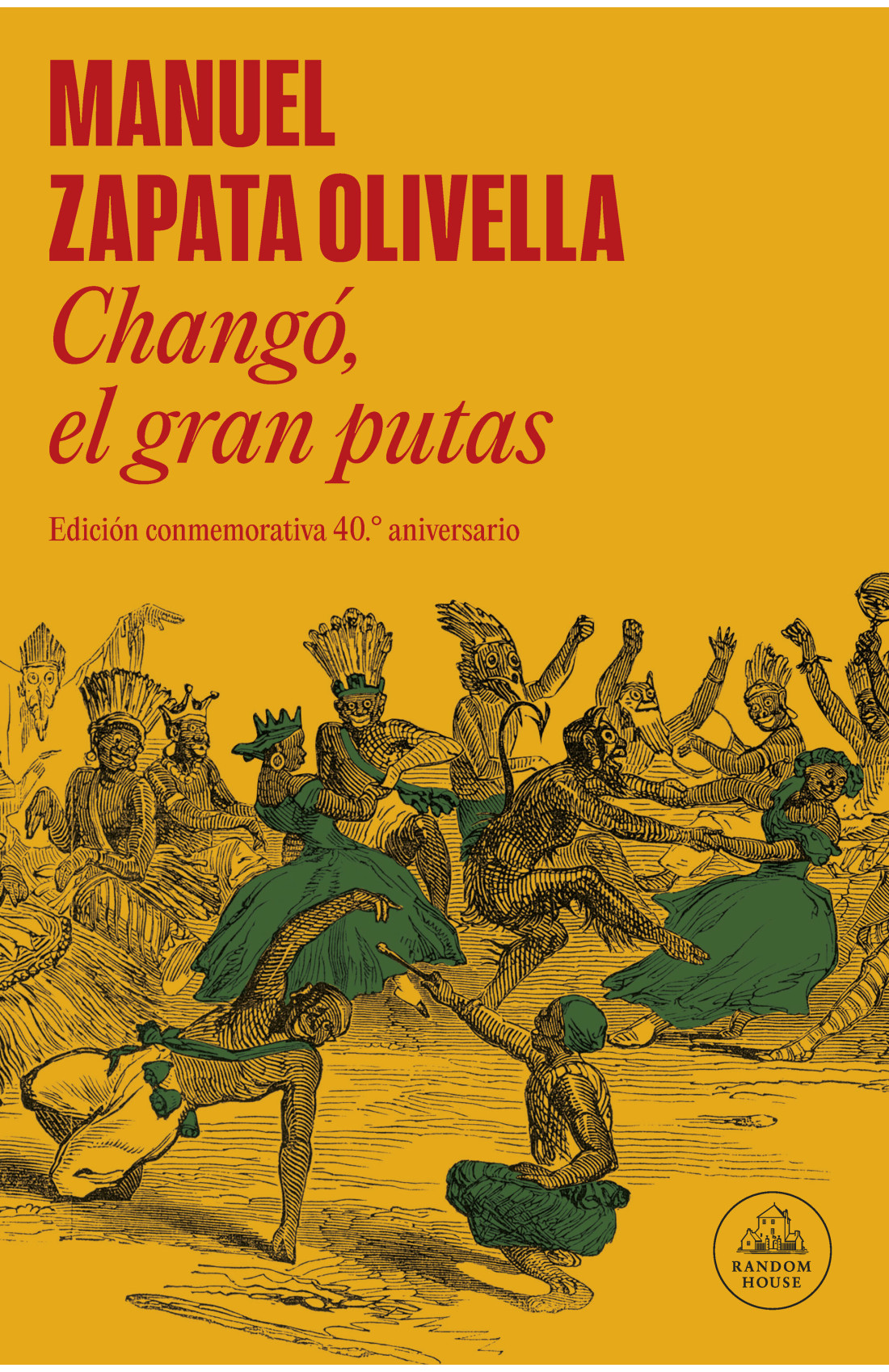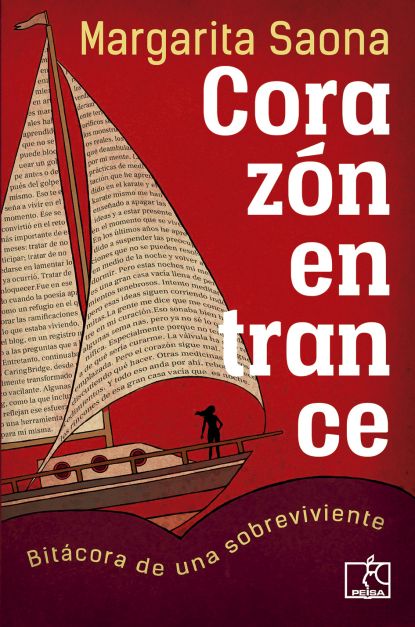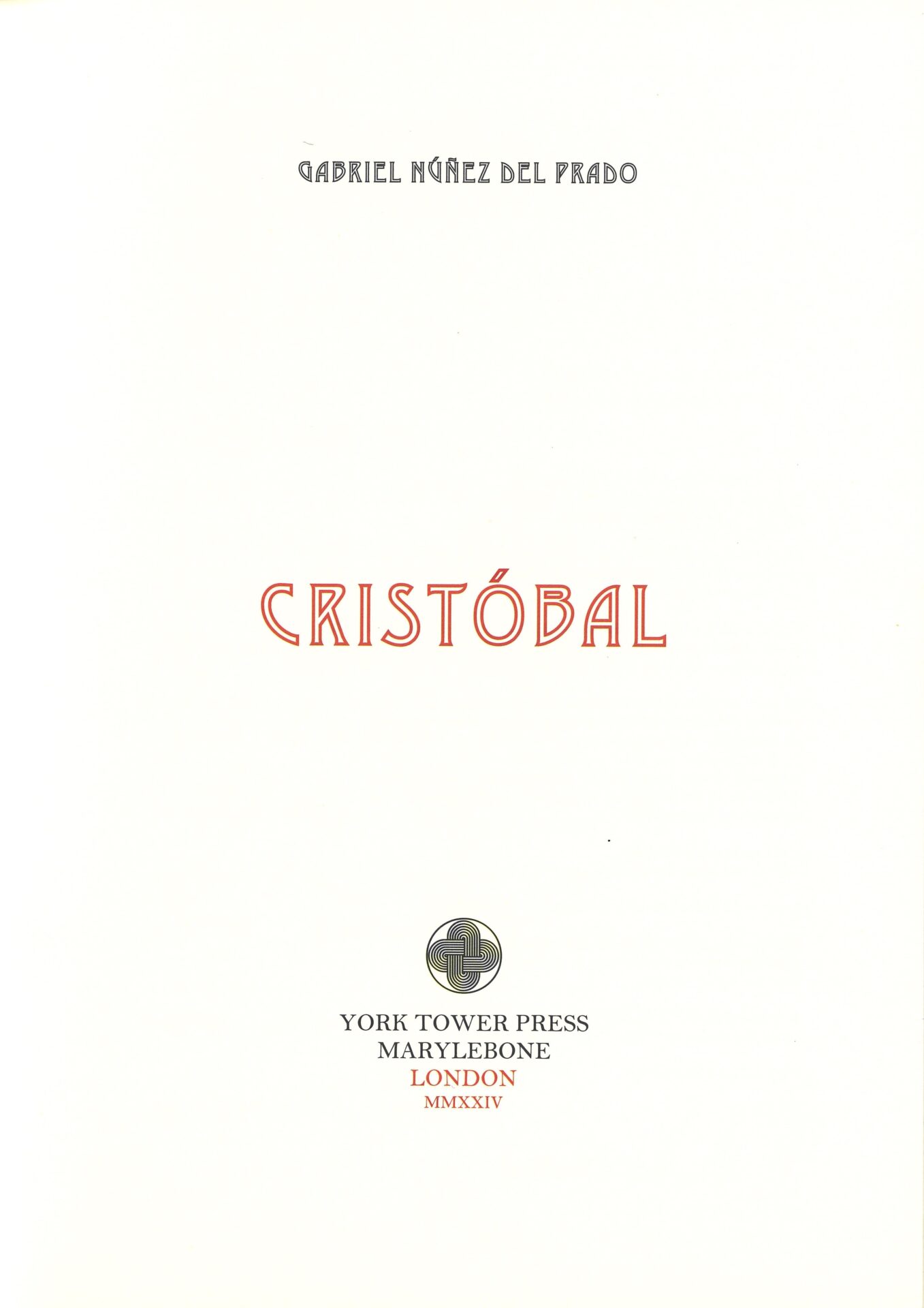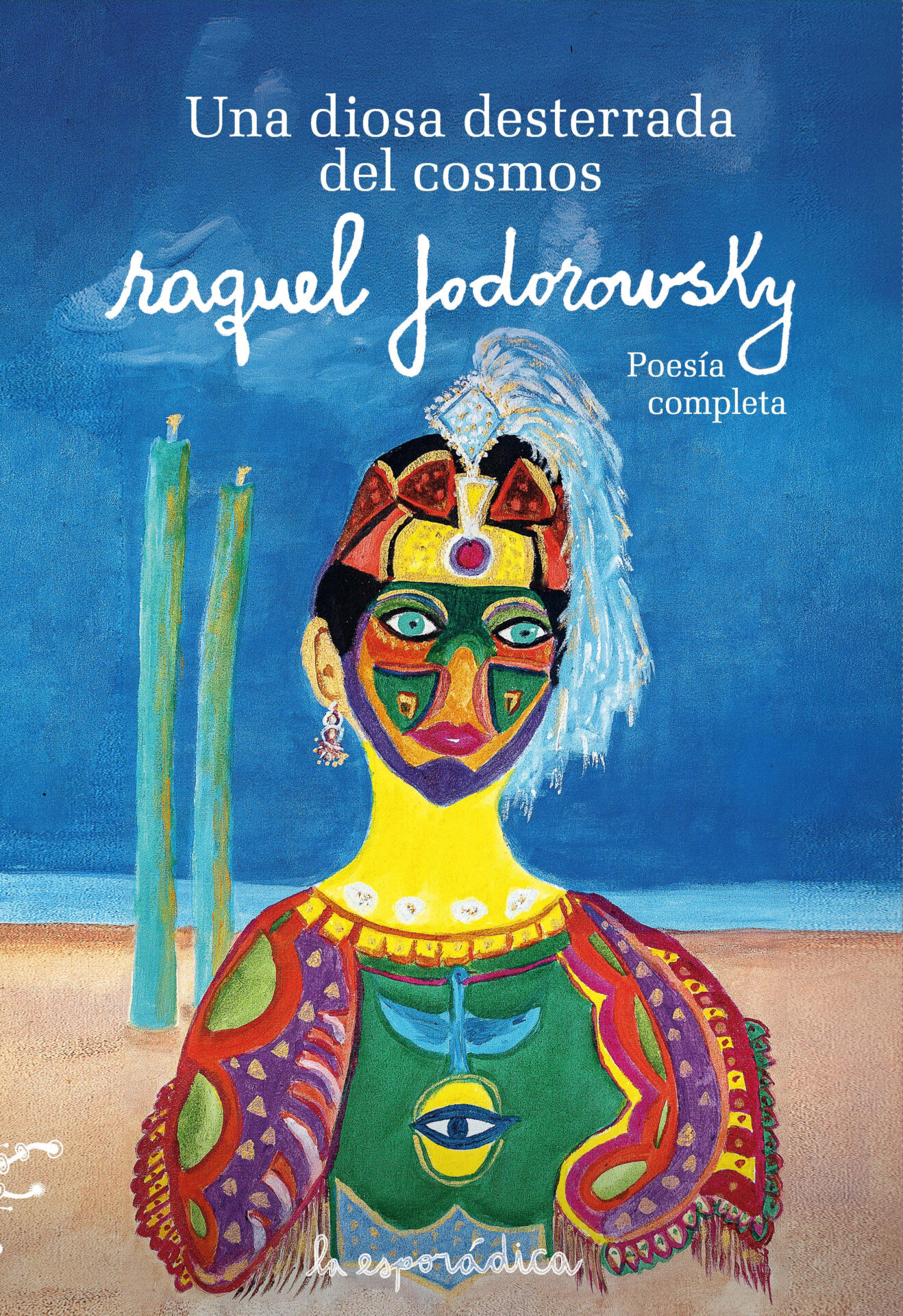La luz cae vertical. Leonel Lienlaf. Editorial Lumen. 2018. 198 pages.
My grandmother always told me that poetry should be a small imaginary object, something you build, bit by bit, with words. It’s a map for understanding life.
Leonel Lienlaf
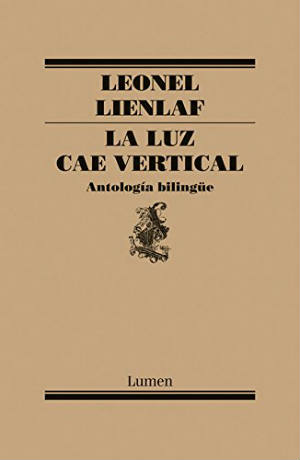 The interpretation of the world is the world; it is interpreted once it is perceived. And our perception of the world depends upon the limits under which we have been permitted to develop this sense. How does one determine the two poles of a single thing? The surface of the planet appears flat; on one side it is night and on the other, day. It is both night and day at once. We winka[i] were never taught to pay attention to the cycles. As children, we were never taught about Blue. Sometimes we were given lawen,[ii] without realizing that this meant letting spirits in.
The interpretation of the world is the world; it is interpreted once it is perceived. And our perception of the world depends upon the limits under which we have been permitted to develop this sense. How does one determine the two poles of a single thing? The surface of the planet appears flat; on one side it is night and on the other, day. It is both night and day at once. We winka[i] were never taught to pay attention to the cycles. As children, we were never taught about Blue. Sometimes we were given lawen,[ii] without realizing that this meant letting spirits in.
We were instructed in the tradition of looking at the world in two dimensions. The appropriation and perpetuation of submission and domination are a product of this way of looking, guided by an inflexible mode of thought. What role does beauty have in all of this? Does beauty have power? My aim is not to seize on some idea of truth about beautiful things, pushing beauty to fit into a certain category or aesthetic parameter, because truth cannot do justice to beauty. At this time, truth ceased to be the content of the beautiful. What do you call the moment at which, without warning, one’s perception of a given thing causes sentiment to tremble? What words must exist in another language in order to describe the feeling of observing the sea from the summit of a hill? Watching a fox pass by, unaware of the onlooker’s presence? Or seeing a friend’s bloodstained head dance as if it were a trophy for his predators. A work of art capable of transmitting understandings such as these—is it beautiful?
[…] They removed the skin from his back/ and cut off his head./ Our brave cacique!/ And the skin of his back/ they used as a flag/ and his head they fastened to my waist./ We go forth weeping and our blood/ waters the earth./ Every now and then I lower my gaze/ to the head I carry on my waist/ and it looks as though finally it will speak/ but it continues on in silence.
(Fragment of the poem “They Removed His Skin”)
The poem does not necessarily communicate to us any particular truth or understanding through the instrument of language. Maybe what it offers is a cohabitation, a thrilling simultaneity of realities as they are experienced. Could it be that the poem utilizes the organ of language not in order exactly to communicate, but rather to open a path? Open an awakening that cannot be spoken. Open the silence of all things, joined together but not made one: made multiple. The silence of unspeakable understanding, of truth made expendable.
Feeling is a sense. An instrument for perceiving the world, disregarded in our system of productive valuation, because it drives toward creation and plays to a beat that cannot be controlled. Language is a medium of spontaneous creation whose production cannot be planned. There can be no satisfactory explanation using the tools of rational thought, much like the phenomenon of consciousness.
My hands would not write/ an old teacher’s/ words./ My hand refused write/ what did not belong to me/ It said:/ “Silence is what must be born.”/ My hand/ told me that the world/ could not be written.
(“Rebellion”)
This is a fragment of the poetic speaker’s frustration over the limits of the code for knowing the world. The world first belongs to the individual. Naming it is the manifestation of an innocence that constitutes what it is to be human, an idea that haunts us but also amazes us.
Beauty’s capacity to move us has the power to shift our emotional traditions toward new places, new possibilities. It gives us freedom, and the exercise of freedom is creation. It exposes our restlessness with dualisms, dogmas, and intransigencies through the experience of events that are intangible or even unattributable to a consciousness of things. Beauty is a way of knowing the world that is capable of moving us and putting us in contact with the unknown substance of consciousness. It makes us question what kind of creatures we are.
This anthology from Lumen consists of a sampling of four poetic moments in the work of Leonel Lienlaf over a period of thirty years: Se ha despertado el ave de mi corazón, Pewma dungu palabras soñadas, Kogen, and Epu Zuam. Most prevalent in these works are elements of self-recognition present in each part of the whole. We see intentional projects of articulation in cohabiting languages, the creation of verse-words, preparations for song, word becoming body. Sometimes we see an attempt at a translation of the poet’s dialogue with nature, from which he does not differentiate himself, as he exists instead as part of a continuity. In the poetry of Leonel Lienlaf, characterized by an eloquence suggesting a sort of minimalist koan, we see simultaneously a political positioning against dualism and a beauty that moves us. This creates an effect of contemplative watchfulness, of emotional remove, and of immersion in a world of natural harmony, not precisely typical of a Mapuche “world,” as if it were some bygone place lost to time. More exactly, it is something that vibrates on the frequency of nature as a way of life. Lienlaf was born in We Xipantu[iii]. That which does not rule over. That which is part of. From this place of harmony (not necessarily pacifist), the bilingual project is central, acting as a form of political protest because it effectuates the possibility of speaking with simultaneous voices, contradicting the rules of the game as it is played in the West. This is accomplished through an interrelationship between the two extremes that make up the whole of the voice of the poetic speaker. Here there is suspicion of the dogmas of reality, a suspicion that originates from body, from language, from spirit, from everything that was replaced by the imposition of rationalism, Cartesianism, and patriarchy.
Isidora Vicencio
Universidad Austral de Chile, Valdivia, Chile
Translated by Will Morningstar
[i] Concept in Mapuzugun, the Mapuche language, literally translated as “impostor,” “thief,” “assailant,” someone who is not considered a person. It is generally used in reference to Chileans who do not belong to the Mapuche community, although its meaning can be interpreted much more widely.
[ii] Mapuzugun concept, translated as “remedy.” It refers to medicinal plants used to treat ills of mind and body.
[iii] Mapuzugun concept, generally translated as “new sun and moonrise.” It alludes to the sacred Mapuche ceremony that takes place on the longest night of the year, the winter solstice. This is the event that marks the beginning of a new cycle.
Isidora Vicencio. Puerto Cisnes (Chile), 1992. In 2016, she published the poetry chapbook Primeras casas [First houses] with Editorial Caletita (Monterrey, Nuevo León, Mexico). She also participated in the poetry anthology Contramarea (2012, Editorial Summa, Lima, Peru) and in Escritores en el Zaguán, tomo III (2016, Editorial La Tregua, Concepción, Chile). Some of her poems are available in digital edition in electronic literary journals such as Círculo de poesía (Mexico, 2014) and La ubre amarga (Bolivia, 2018). Her most recent publication is the verse collection Casas enterradas [Buried houses} with Editorial LAR, Concepción, Chile, 2018.
Will Morningstar is a freelance translator and editor from Boston. He works with a range of academic and trade presses as well as museums and cultural institutions throughout Spain. His translations have been published in the Massachusetts Review and ReVista: The Harvard Review of Latin America. He has a master’s degree in religion and anthropology from Harvard University.

